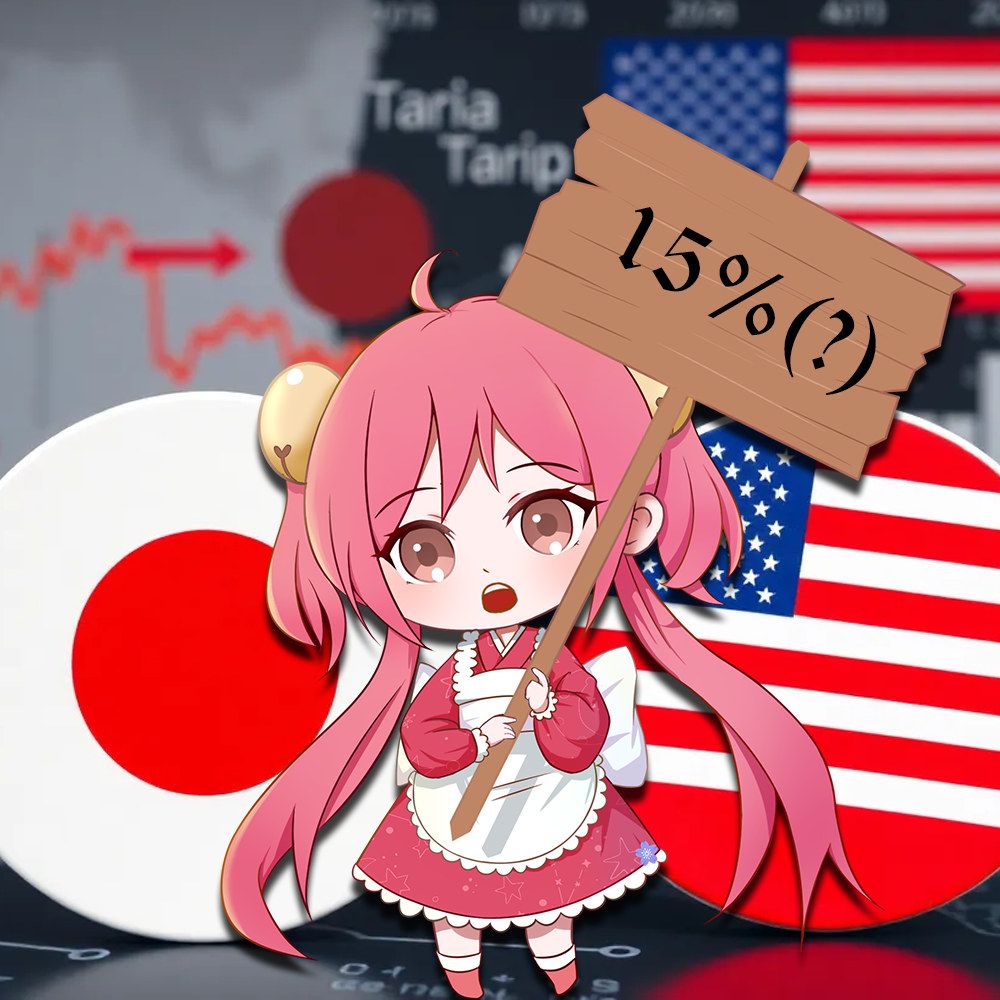
As of 9 April 2025, the United States has implemented a 24% “reciprocal tariff” on parcels entering the country with a declared value exceeding $800. While the de minimis exemption—under which goods valued at or below $800 can typically enter the U.S. without incurring duties—still applies to many items, there are important exceptions. Certain goods may attract tariffs even when their value falls below this threshold, depending on their specific classification and country of origin. Furthermore, a separate 25% tariff has been introduced on all automobiles and auto parts, regardless of their value.
For those unfamiliar, a tariff is a tax imposed by a government on imported goods. Tariffs are often used to protect domestic industries, generate revenue, or respond to trade imbalances. However, for businesses engaged in cross-border trade, they represent an additional cost—one that can significantly impact pricing, margins, and supply chain strategies.
Given the constantly changing tariff regulations, it is important for both importers and exporters to stay well-informed. A lack of awareness could lead to unexpected expenses, shipment delays, or even compliance issues.
Engaging with logistics providers, such as FedEx or DHL, can provide up-to-date information on customs and regulatory matters. Their guidance can help proxy service users navigate changing tariff landscapes more smoothly, ensuring that goods clear customs without unnecessary complications.
Strategies for Efficient Shipping: Navigating Costs and Optimising Operations
1. Leverage the De Minimis Exemption
One of the most practical tools for minimising shipping costs to the U.S. is taking full advantage of the de minimis exemption threshold. Under current U.S. Customs and Border Protection regulations, goods valued at or below $800 per shipment are exempt from duties and taxes, provided they meet certain criteria. This threshold offers a unique opportunity for international sellers to optimise their delivery strategy.
A common approach for businesses, especially those dealing in smaller goods, is to break larger orders into multiple parcels—each with a declared value under $800. By doing so, sellers can significantly reduce or even eliminate customs duties. Beyond cost savings, this method also tends to speed up clearance times at customs, as lower-value packages often undergo less scrutiny, thus leading to more predictable delivery timelines.
However, while this method is effective, it does require thoughtful planning and transparency. Companies must ensure that the splitting of shipments complies with U.S. customs regulations and is not perceived as “structure avoidance,” which could lead to legal complications. Clear communication with logistics partners and ensuring accurate documentation for each parcel is essential.
2. Utilise Bonded Warehouses and 3PL Service
For companies handling higher volumes or operating on a broader scale, establishing a logistics presence within the U.S. can unlock a new level of efficiency. Bonded warehouses, in particular, are a valuable asset for importers. These facilities allow companies to store goods without paying import duties until the items are officially withdrawn from the warehouse for domestic sale or distribution. This delay in duty payment can substantially improve cash flow and offer greater financial flexibility, especially for seasonal businesses or those with variable demand cycles
When paired with third-party logistics (3PL) providers, bonded warehouses can act as local distribution hubs, allowing businesses to fulfil domestic orders rapidly and cost-effectively. 3PL providers offer a range of services—from inventory management and order fulfilment to last-mile delivery. Their expertise not only shortens lead times but also reduces the need for maintaining internal logistics teams, which can be both resource-intensive and expensive.
For small to mid-sized enterprises in particular, outsourcing to 3PLs can level the playing field, enabling them to compete with larger firms in terms of shipping speed and service quality. Additionally, 3PLs often benefit from preferential shipping rates due to their bulk shipping volumes, which can translate into further cost savings for their clients.
Navigating Customs with Proxy Service
Proxy services such as Doorzo provide clear guidance on international duties and taxes, helping individual customers navigate complex customs requirements with ease. By ensuring compliance with local regulations, they can help importers significantly reduce the risk of unforeseen delays or additional charges at customs, enabling smoother, more predictable international transactions.
Conclusion
While shipping from Japan to the U.S. presents challenges due to tariff regulations, these can be effectively managed through informed strategies and the support of experienced logistics partners. By staying updated on regulatory changes, leveraging exemptions, and utilizing services like FedEx and ZenMarket, Japanese exporters can continue to operate successfully in the U.S. market.


